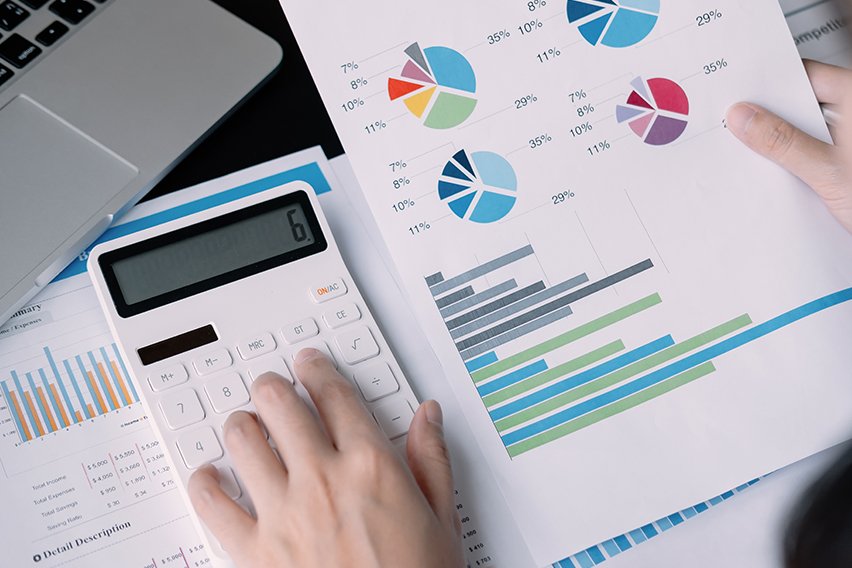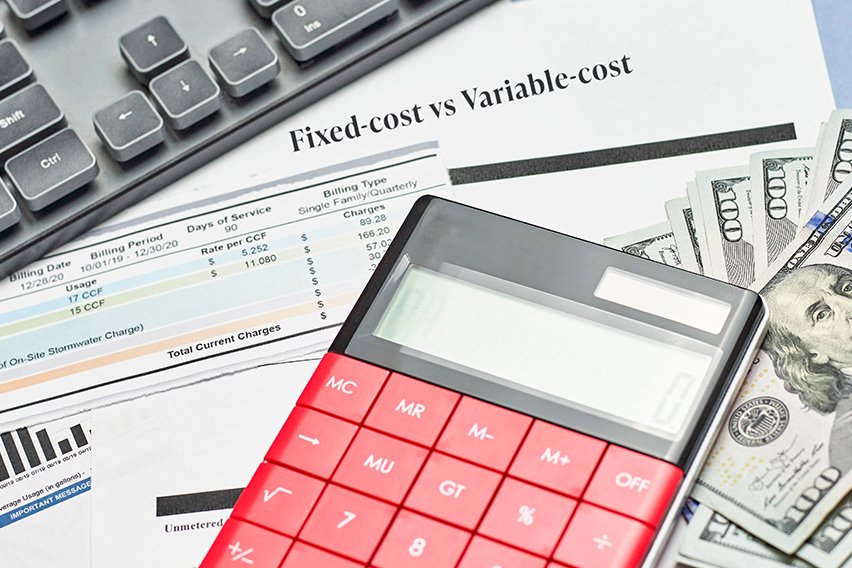What is Journalizing Transactions?

Journalizing transactions is the process of keeping a record of all your business transactions, tracking them in chronological order, and generally includes the date, the account you’re debiting or crediting and a brief description of the transaction that occurred.
Journalizing transactions is the crucial first step in the accounting cycle. Journal entries serve as the building blocks for your financial records, so it’s important to stay on top of them. All your business transactions, including payments from clients and purchases you make for your business, are journalized.
Here’s everything you need to know about journalizing transactions in accounting:
What Is Journalizing in Accounting?
What Are the Different Types of Journals?
Single- Versus Double-Entry Accounting
What Is the Fundamental Accounting Equation?
Journalizing Transactions: A Step-By-Step Guide
What Are Different Types of Accounting Transactions?
Real-World Examples of Accounting Transactions
What Is a Record of Transactions?

What Is Journalizing in Accounting?
Journalizing in accounting is the system by which all business transactions are recorded for your financial records. A business transaction is first recorded in a journal, also called a Book of Original Entry. Your journal keeps a record of all your business transactions, tracking them in chronological order, as they happen.
Adding new journal entries is called journalizing. The process of journalizing starts whenever a business transaction occurs.
Let’s say your client pays an invoice. You’d want to record that payment as a journal entry to log the transaction. Each journal entry typically records the date, the account you’re debiting or crediting and a brief description of the transaction that occurred.
What Are the Different Types of Journals?
There are seven common types of journals, but for freelancers and solopreneurs, you’ll probably focus on some of the four journal types outlined here:
- Sales Journal: Records credit sales related to your business. When a client pays an invoice by credit, you’ll record it in your Sales Journal.
- Purchase Journal: Records credit purchases you make for your business, such as office supplies to stock your desk, or software for your work.
- Cash Receipts Journal: Records all the cash flowing into your business, including cash payments you receive from your clients.
- Cash Payments Journal: Records all cash flowing out of your business. If you paid for parking on your way to a business meeting using cash, you’d record it here.
The transactions entered into your journals are later transferred to your general ledger. So what’s the difference between a journal and a general ledger?
Think of journals as records that show all the financial details of your business. A general ledger, on the other hand, is a master document that offers less detail. Instead, it gives a big-picture view of your financials.
Single- Versus Double-Entry Accounting
There are two main approaches to accounting for small businesses. The first is a single-entry accounting system. It’s the most basic accounting method. In single-entry accounting, every transaction is journalized as a single transaction. As a freelancer, the single-entry method might be all you need.
But if you’re willing to put a bit more work into your bookkeeping, double-entry bookkeeping can pay off in the long run by making it easier to prepare financial statements.
Double-entry bookkeeping means that for every journal entry you make in an account, you must make an opposite entry in a different account. Every debit on one account is balanced by a credit to another account.
What Is the Fundamental Accounting Equation?
The fundamental accounting equation is the foundation of double-entry bookkeeping. The fundamental accounting equation is:
Assets = Liability + Owner’s Equity
The purpose of using the double-entry accounting method is to make sure you’re balancing the fundamental accounting equation. If the sum of your debits is ever not equal to the sum of your credits, the equation is not balanced.
FUNDAMENTAL ACCOUNTING EQUATION EXAMPLE:
If you paid $500 cash toward your office rent, you would debit “expense” and credit “cash” in your journal.
Journalizing Transactions: A Step-By-Step Guide
Journalizing involves recording business transactions to keep an accounting record, using the double-entry accounting method. Here are the three steps to journalizing transactions in accounting:
1. CLASSIFY BUSINESS TRANSACTIONS BY ACCOUNT
Take a look at each business transaction and classify it by the type of transaction. There will be two types of accounts involved in each transaction: one account will be debited and one account will be credited.
2. DETERMINE THE ACCOUNT TYPE THAT’S INVOLVED
There are different types of accounts that can be included in a journal entry, and it’s important to identify the correct account type when using double-entry bookkeeping. The types of accounts normally used by self-employed workers include: asset, liability, expense and revenue. Here’s a full list of account types for your reference.
3. APPLY THE FUNDAMENTAL ACCOUNTING EQUATION TO THE TRANSACTION
Remember the essential fact of the basic accounting equation: your financial transactions must always be balanced, with the sum of your debits always equal to the sum of your credits. So you’ll want to ensure that every time you debit one account, you credit the corresponding account.
4. JOURNALIZE THE TRANSACTION
To complete the process, you’ll want to record the business transaction as a journal entry in the correct journal. Don’t forget to include the date of the transaction and a brief description of the financial event you’re recording.

What Are Different Types of Accounting Transactions?
There are several types of accounting transactions for business, but luckily for freelancers, there are a few main types of accounting transactions you’ll want to master. The accounting transactions outlined below are examples of transactions you’d record in your journal, in chronological order, as part of the journalizing process.
Here are some common types of accounting transactions:
- Receiving income as a cash payment from a client for your services
- Receiving income as a credit payment from a client for your services
- Borrowing money from a lender (i.e. getting a business loan from the bank)
- Purchasing fixed assets for your business, such as an office building, a car, computer software and more
- Recording the depreciation of a fixed asset over time (i.e. the value your work vehicle loses over time)
- Paying a salary to employees or contractors
All of these types of accounting transactions would be journalized to create accurate financial statements.
Real-World Examples of Accounting Transactions
Now that you’ve got a handle on what journalizing transactions is in accounting and what the different types of business transactions are.
Here are some examples of accounting transactions to help you further understand journalizing.
- Selling your freelance services to a client results in an increase in accounts receivable (asset) and an increase in revenue.
- Purchasing a new work computer results in an increase in expenses and a decrease in accounts receivable (asset).
- Borrowing money from the bank results in an increase in cash (asset) and an increase in loans payable (liability).
What Is a Record of Transactions in Accounting?
A record of transactions in accounting is created when you journalize transactions. Your journal entries create a record of all the business transaction that occur in the normal course of business for your company, including all the money coming into your business through the sale of your services and all the money going out of your business for purchases.
Business transactions have an impact on your financial statements, and so they are recorded chronologically as journal entries.
RELATED ARTICLES

 What Does an Accountant Do?
What Does an Accountant Do? Accounting for Loans Receivable: Here’s How It’s Done
Accounting for Loans Receivable: Here’s How It’s Done Balance Sheet: Definition, Components, and Example
Balance Sheet: Definition, Components, and Example Fixed vs. Variable Costs: What’s the Difference
Fixed vs. Variable Costs: What’s the Difference Gross Profit Margin: Formula, Calculation and Example
Gross Profit Margin: Formula, Calculation and Example Bank Reconciliation: Definition, Example, and Process
Bank Reconciliation: Definition, Example, and Process